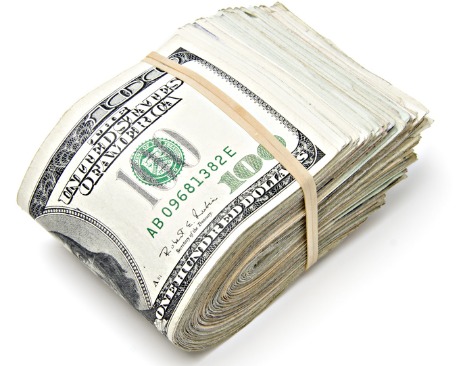 Photo: Vlasta JuricekCross-posted from Climate Progress.
Photo: Vlasta JuricekCross-posted from Climate Progress.
The best wind farms in the world are already competitive with coal, gas, and nuclear plants. But over the next five years, continued performance improvements and cost reductions will bring the average onshore wind plant in line with cheap natural gas, even without a price on carbon, according to analysis from Bloomberg New Energy Finance (BNEF).
After analyzing the cost curve for wind projects since the mid-1980s, BNEF researchers showed that the cost of wind-generated electricity has fallen 14 percent for every doubling of installation capacity. These cost reductions are due to a number of factors: more sophisticated manufacturing, better materials, larger turbines, and more experience with plant operations and maintenance. Those improvements, combined with an oversupply of turbines on the global market, will bring the average cost of wind electricity down another 12 percent by 2016.
These two changes will drive the cost of wind energy down further, to parity with conventional energy sources. Assuming specific learning rates for these components, we expect wind to become fully competitive with energy produced from combined-cycle gas turbines by 2016 in most regions offering fair wind conditions. That would be the case with wind turbine prices at EUR 0.80m/MW [$1.1 million/megawatt] by then. Any increase in the cost of gas, which will consequently raise the cost of energy of gas-fired turbines, would bring forward the timing of grid parity for wind.
The wind industry has a conflicted relationship with natural gas. As a “dancing partner” for wind projects, natural gas can offer firm backup when the wind isn’t blowing. However, the boom in shale gas extraction has dropped natural gas prices substantially, nudging out wind developers in large markets like Texas.
But the industry is still moving on an experience curve that is bringing the wind farms at cost parity with historically low natural gas prices — even without a price on carbon. Justin Wu, lead wind analyst at BNEF, said:
The public perception of wind power tends to be that it is environmentally friendly, but expensive and intermittent. That is out-of-date — in the best locations, where generation is already cost-competitive with fossil fuel electricity, and that will be the case for the majority of new onshore turbines installed worldwide by 2016.
The Bloomberg analysis again proves the importance of a deployment-based strategy in scaling renewable energy. It often takes decades to bring an energy technology to cost parity with incumbents. While strong R&D programs are an important piece of improving technologies and encouraging breakthroughs, nothing can match experience gained in the field, explained Wu:
The press is reacting to the recent price drops in solar equipment as though they are the result of temporary oversupply or of a trade war. This masks what is really going on: a long-term, consistent drop in clean energy technology costs, resulting from decades of hard work by tens of thousands of researchers, engineers, technicians, and people in operations and procurement. And it is not going to stop: In the next few years the mainstream world is going to wake up to wind cheaper than gas, and rooftop solar power cheaper than daytime electricity. Add in the same sort of deep long-term price drops for power storage, demand management, LED lighting and so on — and we are clearly talking about a whole new game.
Those cost reductions don’t just come magically from the lab. It takes a strong deployment strategy to realize them. In 1984, there were only 300 MW of installed wind projects around the world. By the end of this year, there will be over 240,000 MW.



